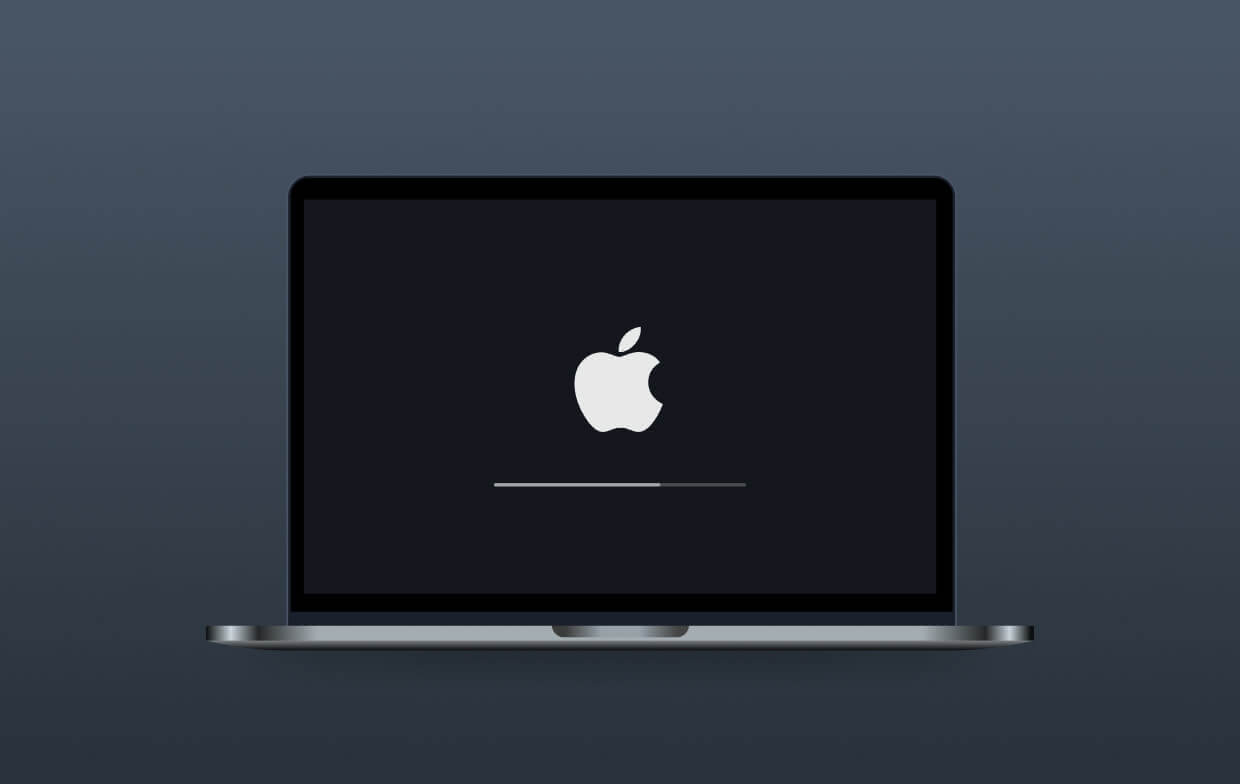


While my old Dell can be calibrated only twice a year, the new Philips 4K monitor changed a lot on its first month and I'll probably calibrate it much more often. There's no way around testing and tracking calibration results to come up with your own conclusions. The main limitation is the smaller gamut on the cheaper panels. Modern LCD displays with IPS panels are pretty good! Even an inexpensive monitor can be calibrated for color accurate work. Average dE was 0.48 with a worst result of 2.22 dE on the same dreaded blue color where the MacBook display struggled. The color accuracy improvement and the better matching between multiple displays are sure worth the 15 minutes of time invested.įreshly calibrated, this is a pretty good monitor, specially considering how inexpensive it is. It's not being used for any color critical work, but obviously I couldn't resist testing and calibrating it. The updated version of this monitor – Philips 272P7VUBNB – is even better at 122% of the sRGB gamut. It has an IPS panel, 4K resolution, matte-ish screen and boasts a slightly larger color gamut at 109% of the sRGB colorspace. The Philips 276E is the perfect example of an inexpensive display that could be used for applications that require good color reproduction. This is a brand new monitor that was purchased just a couple of months ago to be paired with the MacBook Pro. Subject #3: Philips 276E8VJSB 4K IPS 27" monitor Depending on the monitor, color drift over time will vary from insignificant to pretty visible, so it's necessary to measure and track to make an informed decision. The best way to decide is to measure monitor changes over time to establish a reasonable timeframe between calibrations. For less demanding work, calibrating a modern good quality IPS monitor twice a year is perfectly acceptable. Calibrating weekly is a good starting point for those cases.īased on my tests, modern monitors drift little over time, so it’s safe to rent a colorimeter or maybe even share the cost of one between a group of friends. Generally speaking, if your work depends on color accuracy, it's a good idea to recalibrate more often. A web developer, for example, can get away with a less color accurate monitor than, let's say, product photographers that absolutely need to deliver color correct files to a high standard. On the other hand, how important those changes really are depends on what kind of color accuracy your work requires. At the same time, higher end displays are manufactured within more strict tolerances and often have better hardware mechanisms to compensate for drift over time. Old monitors with CCFL fluorescent lamp backlights drift much more than newer LED monitors. The rate those changes happen varies from monitor to monitor and also depends on display quality. Computer monitors are not perfectly stable devices and color accuracy varies with time as components age, specially the backlight that illuminates the LCD layer.


 0 kommentar(er)
0 kommentar(er)
